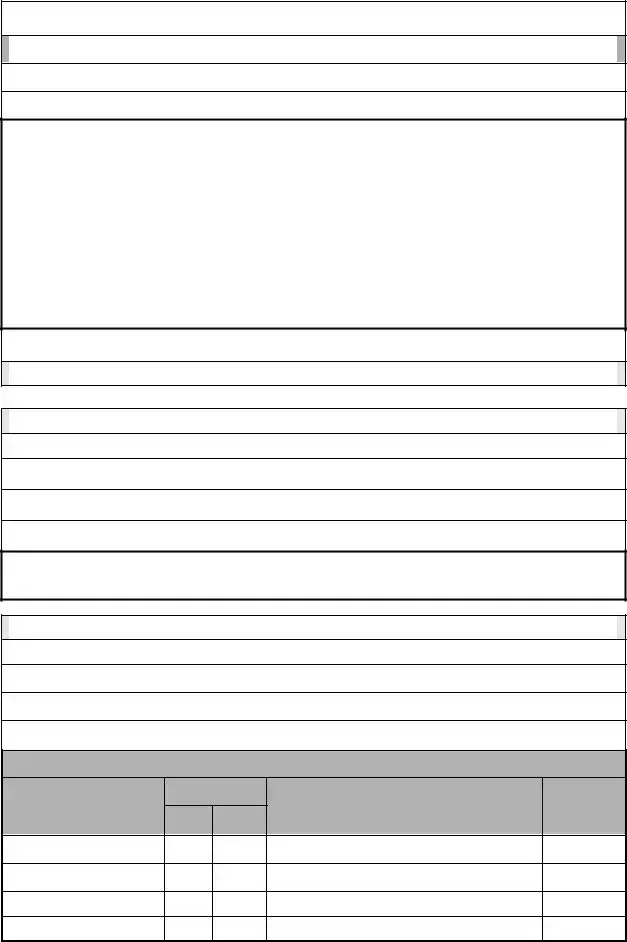In the pursuit of maintaining safety and upholding the law, police departments across the nation implement protocols that include comprehensive documentation each time an officer uses force. The Anne Arundel County Police Department has embodied this practice through the deployment of its Use of Force Report form, an essential tool designed to capture a detailed account of incidents where force is applied. This form encompasses several sections including an incident description, suspect information, and officer information. It lays out the grounds for using force—ranging from self-defense or the protection of others to the restraint of resistant individuals and controlling unlawful situations. For each incident, officers must provide specifics such as the type of call, case number, incident date and time, as well as the weather and lighting conditions at the scene. Suspect details are also meticulously recorded, including demographics, behavior prior to the use of force, and whether any weapons were involved. On the officer's side, the report calls for identification, duty status, and a thorough description of the encounter, highlighting the type of force applied, its effectiveness, and any resultant injuries. This document not only promotes transparency and accountability but also serves as a critical tool for review and analysis by the department's chain of command, ensuring that each use of force aligns with policy and the principles of justice and human dignity.


